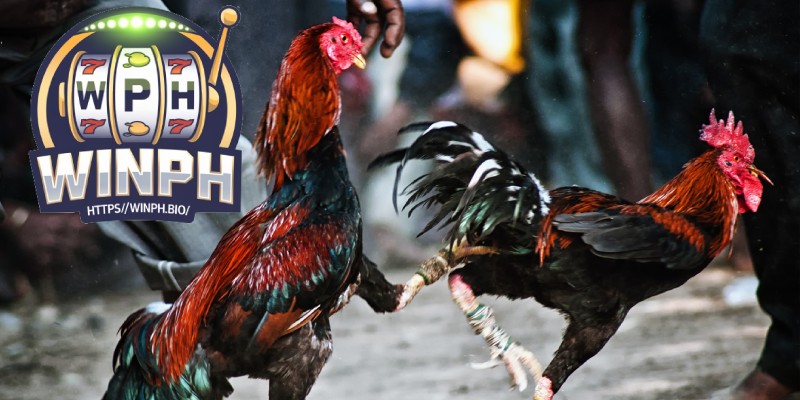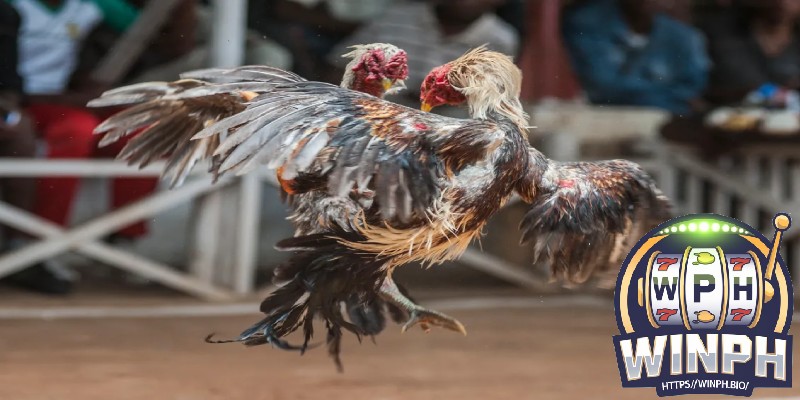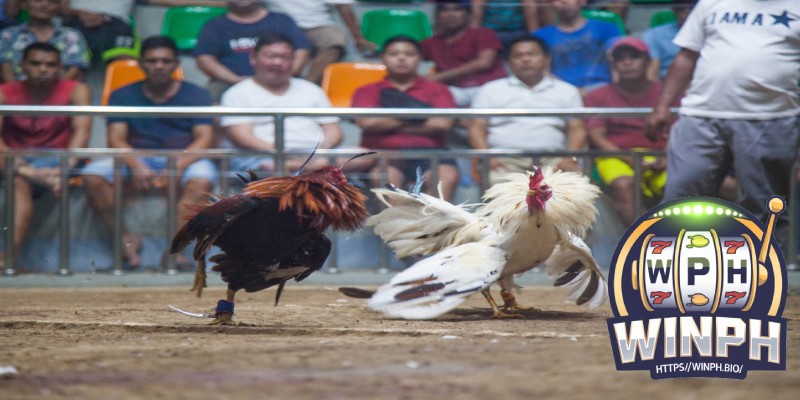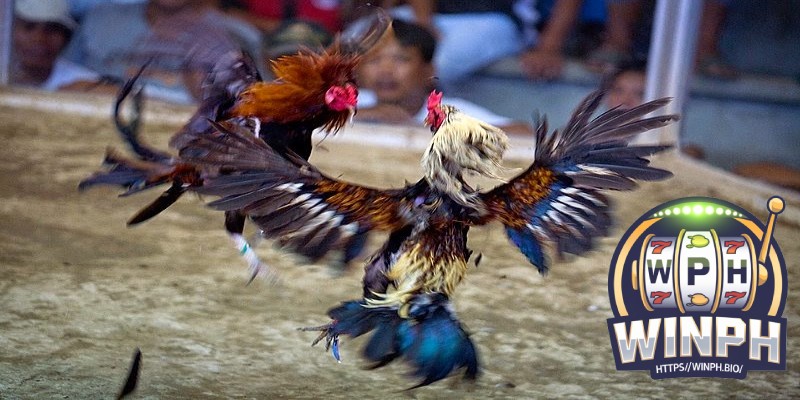Sabong (Cockfighting) has been an integral part of Philippine culture for hundreds of years. Sabong is not merely entertainment but an art form requiring deep knowledge of gamefowl breeds, training techniques, and betting strategies.At WINPH, we’re committed to delivering premium online sabong experiences with HD streaming technology, transparent betting systems, and 24/7 customer support.
How to Play Sabong – When Should You Play Cockfighting?

The timing of your sabong betting participation plays a crucial role in maximizing your winning opportunities. Based on data analysis from thousands of matches at WINPH, we’ve identified the “golden” time frames that deliver the highest winning rates for serious sabong enthusiasts.
Optimal Weekly Schedule:
Saturday and Sunday: These are the peak days featuring the highest quality matches with participation from premium gamefowl breeds. Weekend sabong events typically showcase champion roosters from renowned farms across Luzon, Visayas, and Mindanao.
Wednesday to Friday: Midweek matches often have high competitive value due to fewer participants, creating attractive betting opportunities with better odds for experienced sabong players.
Daily Time Frames:
7:00 PM – 10:00 PM: Prime time hours with the highest viewership, featuring meticulously organized matches. This is when major derbies and championship bouts typically take place, attracting the most skilled gamefowl handlers.
2:00 PM – 5:00 PM: Afternoon sessions usually feature local matches with clear information about competing roosters, making it easier for bettors to analyze form and performance history.
How to Fight and Play Sabong for Beginners

For newcomers to sabong at WINPH, understanding the competition process and betting methods is extremely important. Live cockfighting at WINPH strictly adheres to regulations set by the Philippine Amusement and Gaming Corporation (PAGCOR).
Basic Match Process:
- Rooster Introduction: Each fighting cock is presented with information about weight, age, breed, and fighting record
- Betting Period: Usually lasts 3-5 minutes, allowing players to place their wagers
- Competition: The official match with a maximum duration of 15 minutes
- Results: Determining the winning rooster and payout distribution
Basic Bet Types:
Meron: Betting on the favored rooster (usually lower odds but higher win probability) Wala: Betting on the underdog rooster (higher odds with greater risk) Draw/Tabla: Betting on a tie (rare occurrence, very high odds)
How to Match Roosters Before Fighting
Rooster matching is an art requiring experience and specialized knowledge. At major derbies, rooster matching is performed by experts with many years of experience in gamefowl breeding and conditioning.
Weight-Based Matching Principles:
Maximum Weight Difference: 100-200 grams between competing roosters Heavy Roosters: Heavier birds are called “heavy” and must give handicap money Light Roosters: Lighter birds are called “light” and receive handicap advantage
Classification by Gamefowl Breeds:
Kelso: Famous for strength and endurance, bred for power and stamina Roundhead: Intelligent with flexible fighting tactics and strategic thinking Hatch: Fast speed with sharp attacking moves and aggressive nature Sweater: Good defensive capabilities, often winning through persistence and patience
Sabong Fighting – Match Duration and Timing

Understanding match duration helps players predict fight outcomes more accurately. Each stage of the match has distinct characteristics that experienced sabong enthusiasts learn to recognize.
First Minute (0-1 minute):
Roosters typically probe and assess their opponents during this initial phase. Few decisive victories occur in the opening minute. Observers should watch for speed, reflexes, and initial aggression levels of each fighting cock.
Middle Stage (1-5 minutes):
This is the most intense period of the match when most fights are decided. Roosters with superior conditioning and fighting spirit will clearly show their advantages during this crucial phase.
Final Stage (5-15 minutes):
Physical endurance becomes the deciding factor in extended matches. Gamefowl with better stamina and conditioning typically emerge victorious. Many matches end when one rooster can no longer continue fighting effectively.
Special Situations:
Time Out: Called when both roosters fail to attack for 30 seconds Referee Intervention: Officials step in when necessary for fighter safety Medical Timeout: Temporary halt to check rooster condition and welfare
Handicap Money in Sabong Betting

The handicap system in sabong is crucial for balancing matches and creating attractive betting odds for both sides, ensuring fair competition regardless of rooster quality differences.
Handicap Principles:
Based on differences in weight, experience, and current form, the handicap system ensures competitive balance. Roosters evaluated as stronger must give handicap money to their opponents. Handicap ratios typically range from 1:1.2 to 1:2 depending on the degree of difference.
Common Handicap Levels:
Light Handicap (1:1.1 – 1:1.3): When two roosters are relatively evenly matched Medium Handicap (1:1.5 – 1:1.8): Clear differences exist between competing gamefowl Heavy Handicap (1:2 and above): When one rooster is considered significantly superior
Betting Strategy with Handicap:
According to expert analysis at WINPH, betting on handicap-giving roosters has a 52-55% win rate but lower profits. Conversely, betting on handicap-receiving roosters has a 45-48% win rate but significantly higher profit potential.
Important Considerations for Cockfighting

Participating in sabong at WINPH requires not only luck but also knowledge, skills, and strict discipline. Below are important considerations from practical experience in Philippine cockfighting culture.
Effective Bankroll Management:
Only use 2-5% of total capital for each bet to maintain long-term sustainability. Set daily loss limits and strictly adhere to them without exception. Never “chase losses” by increasing bet amounts after consecutive defeats.
Information Research:
Study the fighting history of each rooster participating in matches. Follow recent form of both gamefowl and their handlers. Stay updated on health status and condition of roosters before matches.
Betting Psychology:
Stay calm and don’t let emotions control your decisions. Have a clear betting plan before starting your sabong session. Know when to stop after reaching profit targets or loss limits.
Match Selection:
Prioritize matches with complete and transparent information about participating roosters. Avoid betting on fights with too many uncertain factors. Focus on 2-3 quality matches instead of scattered betting across multiple events.
Using Support Tools:
WINPH provides useful tools including head-to-head history, form statistics, and expert analysis to help players make informed decisions about their sabong investments.
Legal Compliance:
Online sabong at WINPH is completely legal under PAGCOR licensing. However, players must ensure compliance with age regulations (18+) and responsible gambling practices.
Conclusion
This article on WINPH has shared detailed information about cockfighting methods for new handlers. As we’ve seen, cockfighting regulations are divided into various categories. In addition, handlers can learn useful experiences and secrets of cockfighting to increase their winning probability when participating in rooster fights.
See more:


